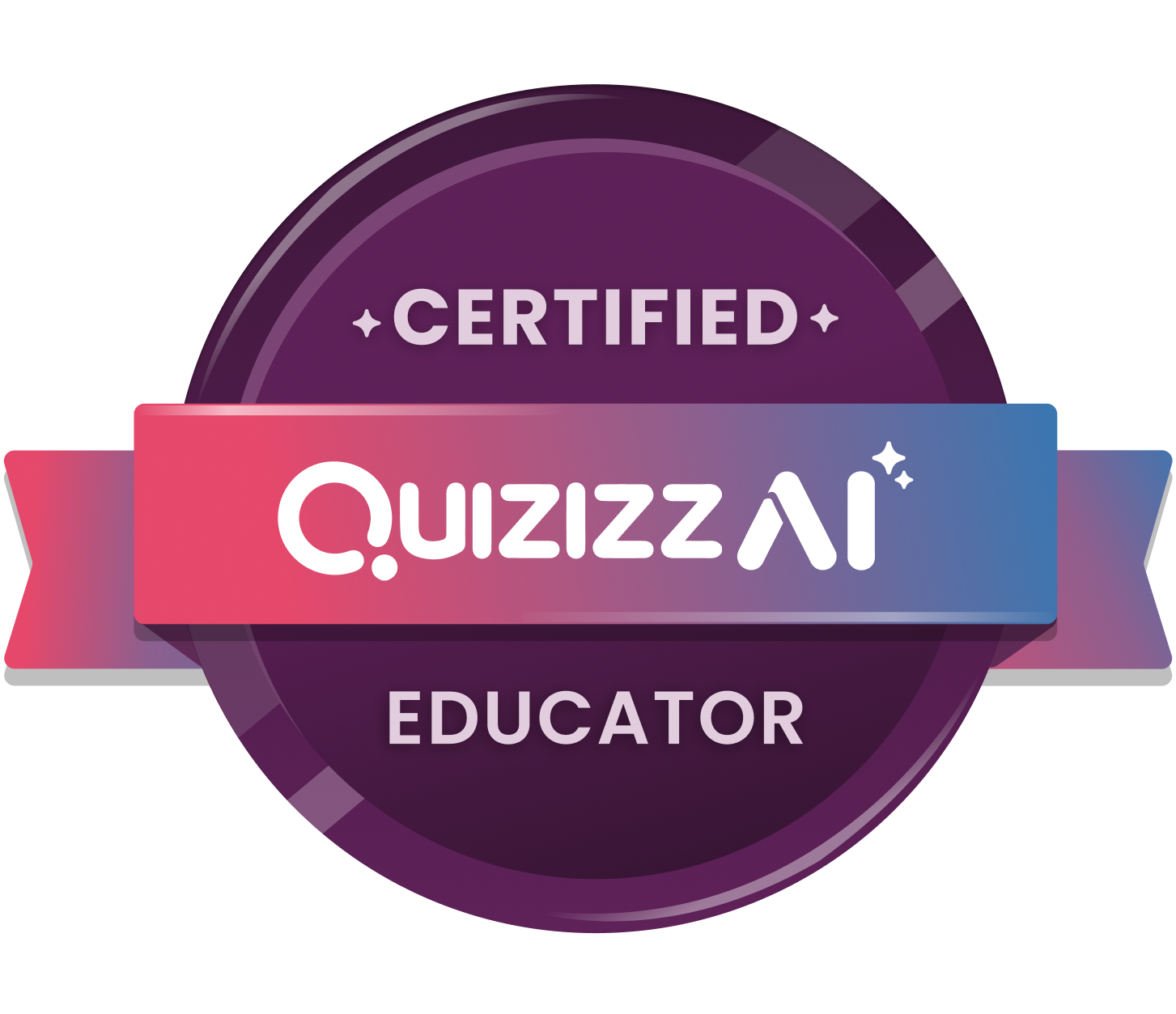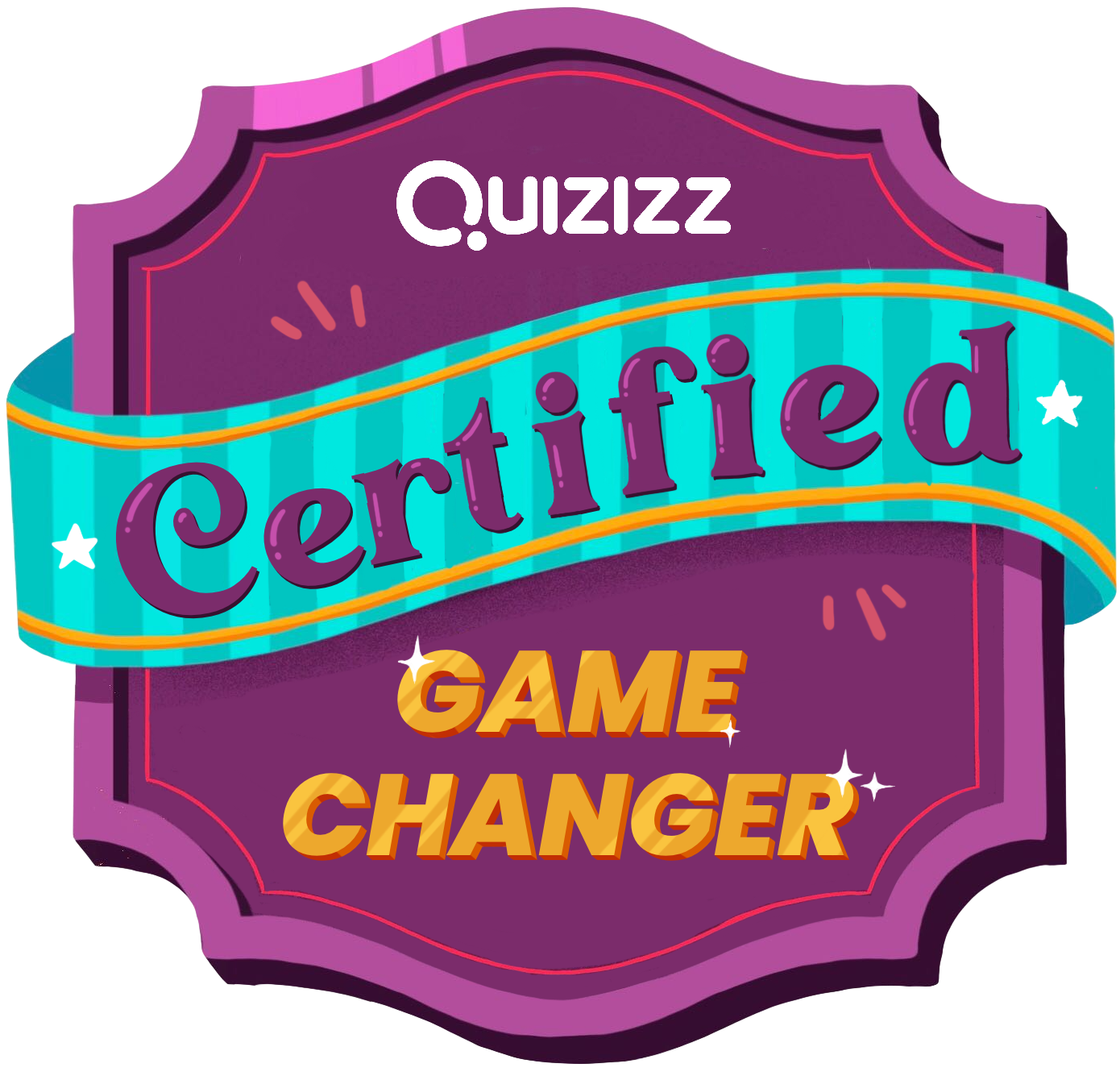In my last post I shared learnings and takeaways from some Common Core ELA trainings I’ve attended, specifically implications around the first shift of the common core that states that our students need to be reading complex texts. In this post I’m going share my learning about CCSS-ELA Shift 2. Common Core Shift 2 states that students need to engage in, “reading, writing and speaking grounded in evidence from text, both literary and informational.”
Text is Boss
The phrase “Text is Boss” came up at one of the Common Core trainings I’ve attended. They did let us know that by text they also meant media such as comics, video, pictures, the web, infographics, etc. I have to say that so we’re not limiting ourselves or our students to just words on a page (see the scaffolding section of my last post).
What happens in our classroom when the text is the boss?
What happens in our classroom when the text isn’t the boss?
For Example
Here’s an excerpt from the poem, Casey at the Bat by Ernest Lawrence Thayer:
“There was ease in Casey’s manner as he stepped into his place;
There was pride in Casey’s bearing and a smile lit Casey’s face.
And when, responding to the cheers, he lightly doffed his hat,
No stranger in the crowd could doubt ‘twas Casey at the bat.
Ten thousand eyes were on him as he rubbed his hands with dirt;
Five thousand tongues applauded when he wiped them on his shirt;
Then while the writhing pitcher ground the ball into his hip,
Defiance flashed in Casey’s eye, a sneer curled Casey’s lip.
And now the leather-covered sphere came hurtling through the air,
And Casey stood a-watching it in haughty grandeur there.
Close by the sturdy batsman the ball unheeded sped—
“That ain’t my style,” said Casey. “Strike one!” the umpire said.”
Spoiler Alert! Spoiler Alert! Read the rest of the poem, it’s short! Okay, so Casey ends up striking out. I told you I was going to spoil it. Students are ready to discuss this poem and the teacher provides some questions to get them thinking such as:
“In ‘Casey at the Bat,’ Casey strikes out. Describe a time when you failed at something.”
Most of our students can answer that. It might even lead to a great growth mindset or persistence discussion. But did the students have to read the text to answer that question? How many questions do we ask our students where they really didn’t have to read the text?
Compare the above question to the following question:
“What makes Casey’s experience at bat humorous?”
Can your students answer that question without reading the text? No. The second question is text-dependent. In the first question the evidence to support any claim comes from each and every student’s background or personal experiences. While sometimes that might be what we’re after, Shift 2 of the CCSS wants us to prepare our students to backup their claims with evidence from text. That shift works in every class and subject area!
Another point that stuck with me as a Science Teacher is that much of what my students are asked to read is going to be new information or information that challenges their preconceived notions of how the world works. Because of the intense use of content-specific vocabulary Science text is also often complex. If I ask questions of my students that many may not know, the text become a grand equalizer.
Take the following question:
Which volcano type has moderately steep slopes and is composed of layers of lava flows as well as cinders and ash?
The Equalizer!
That volcano factoid question will help students understand why Mt Saint Helens erupted the way it did in 1980 and why it has been erupting the way it has since 1980. It’s a fact my students can build upon. If I asked that volcano question of my 6th graders early in the year, a majority of them would not be able to answer that question correctly. Maybe those whose parents take them to different volcanoes or their parents are volcanologists would know. Students with families with a strong background in Earth Science would have the advantage. And yet ALL my students will be able to answer that question correctly after reading the following website on Volcano Types! The text levels the playing field and makes the question accessible to ALL!
Text-Dependent Questions (TDQs)
I think in Science it’s easy to ask TDQs because the information is not known by all my students. I am dependent on text to convey new information to my students (along with lab experiences and hands-on projects, of course!).
We were taught to push our students to rely SOLELY on the text for insight and analysis. Their evidence must be traced right back to the text. The Common Core trainers said that the questions must identify the text as the expert in the room!
Text-Dependent Questions (TDQs):
http://www.educatoral.com/wordpress/2014/11/17/text-dependent-questions/
We were also taught the difference between TDQs and Text-Specific Questions (TSQs). TDQs can be canned and will work with different texts while TSQs are specific to one, and only one, text. TSQs and a subset of TDQs. I think in Science most of my questions fall under the TSQ set.
Some examples they gave us are:
What is the author’s message in the text? What is the main idea of the passage? Those are TDQs that can apply to any text.
While a question such as, “Why does Monk claim that popular sovereignty is the form of government in America?” is a TSQ because it only applies to, The Words We Live By: Your Annotated Guide to the Constitution by Linda R. Monk.
In my next post I’ll share what they taught us about constructing strong question sets and the implications for instruction of this second shift!

































































